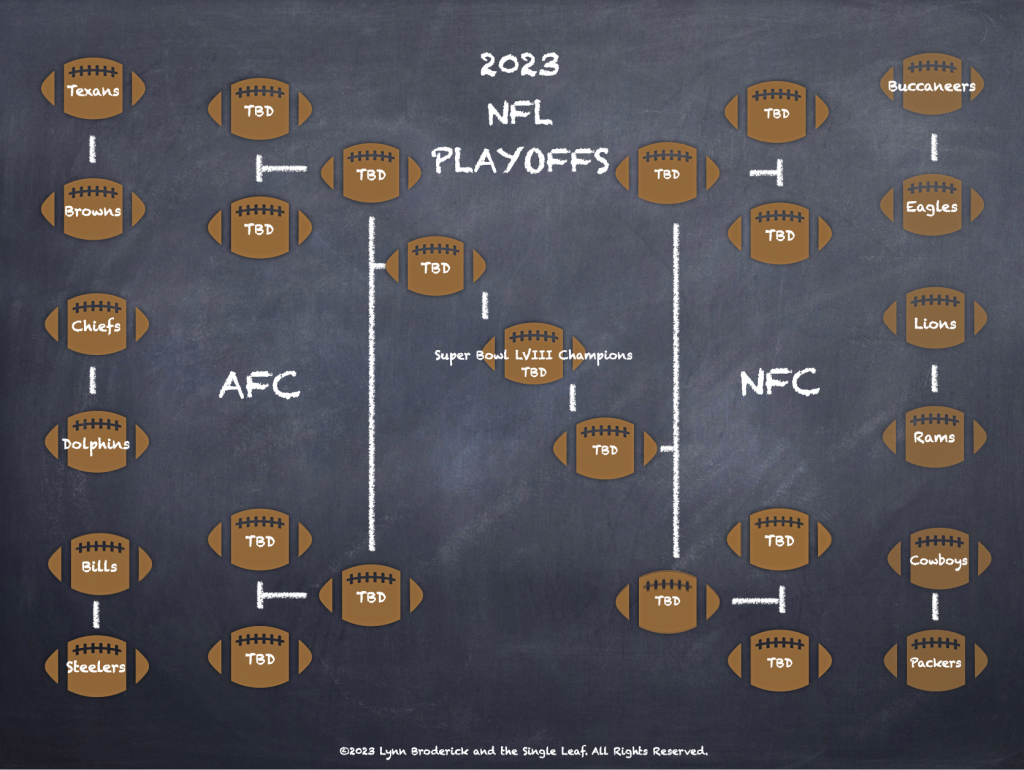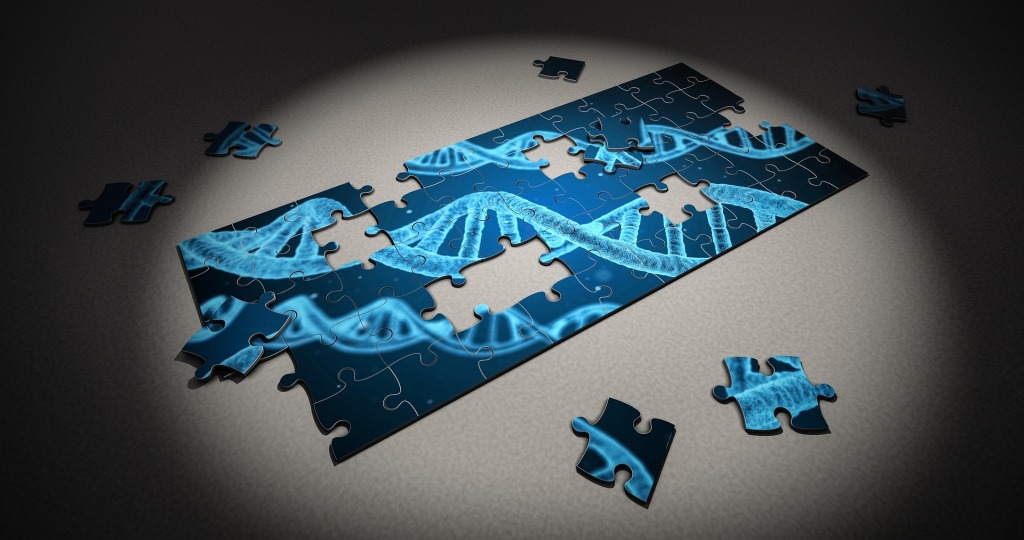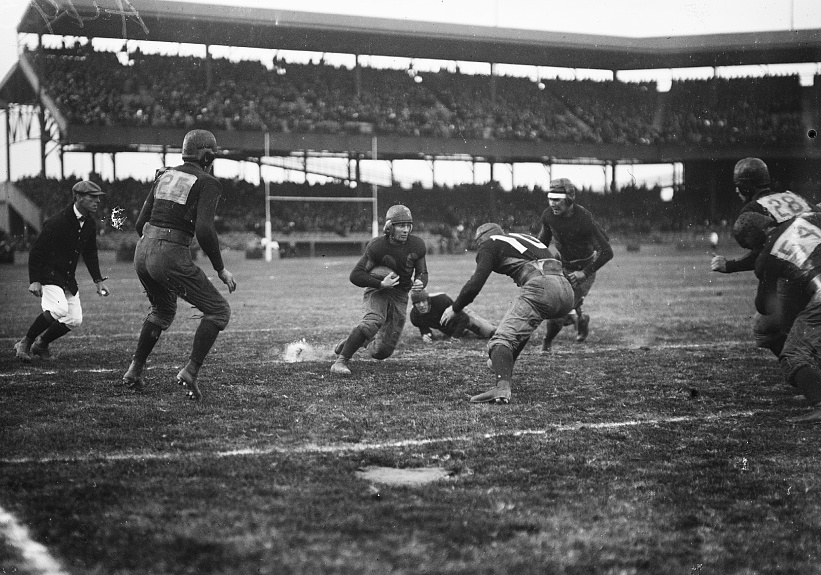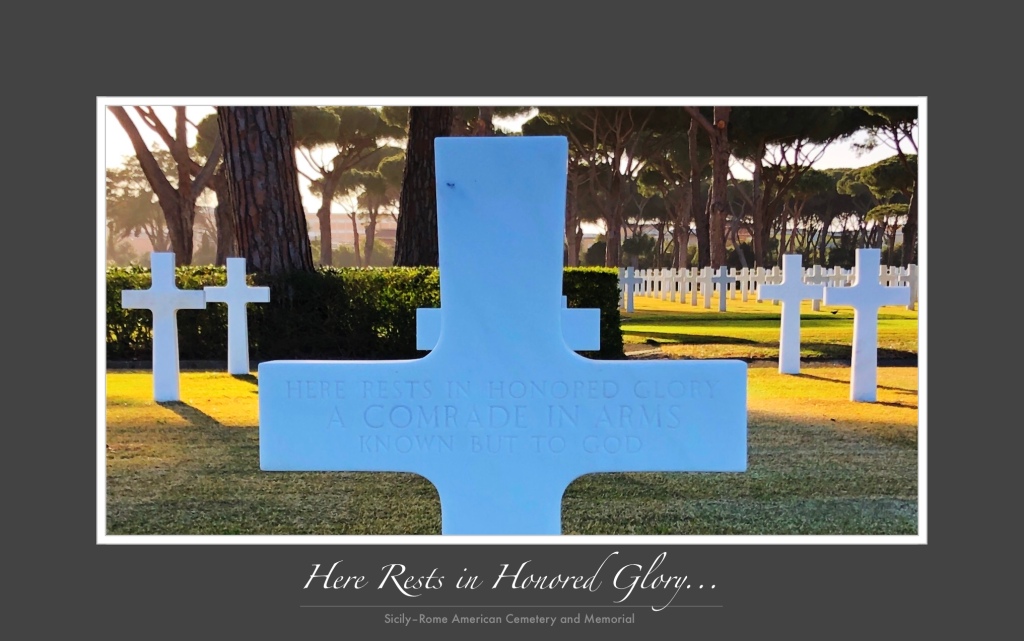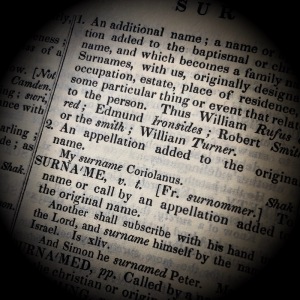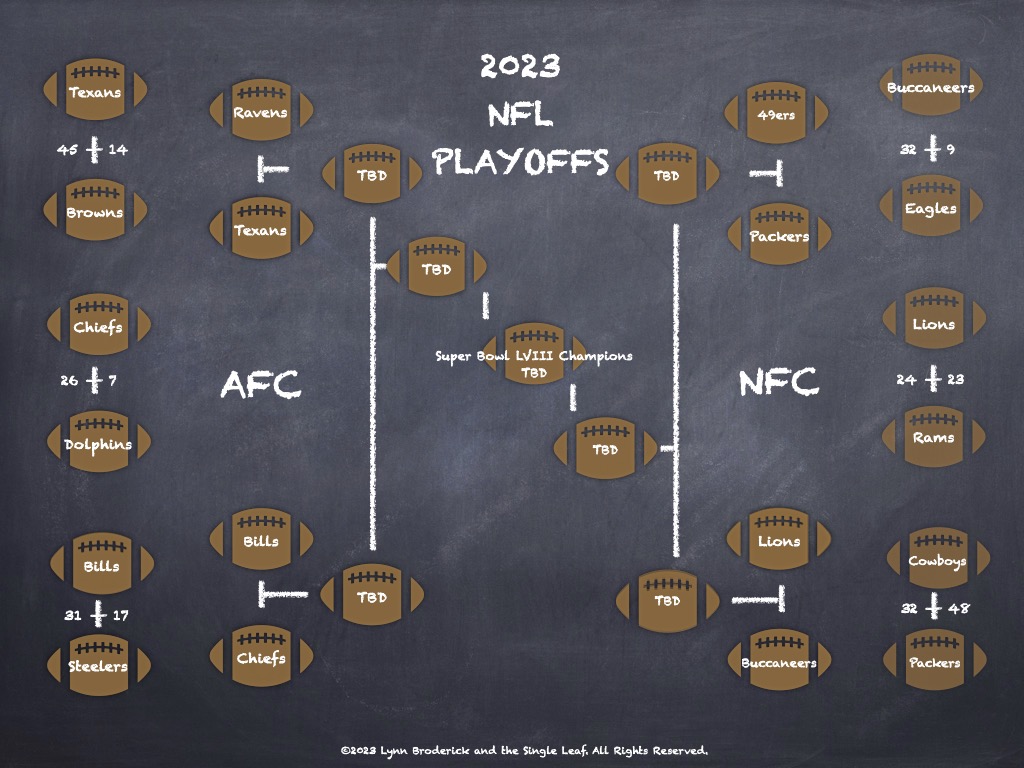
The NFL Wild Card games illustrated so profoundly the “thrill of victory, and the agony of defeat.” While the Cleveland Browns, Miami Dolphins, Pittsburgh Steelers, Dallas Cowboys, L.A. Rams, and Philadelphia Eagles participated in exit interviews this week, the remaining teams prepared for their next opponent. It’s work. Only eleven Wild Card teams have ever made it to the Super Bowl—seven actually won the Lombardi. It’s not easy, but there is hope!
And, hope is fuel for the present that shapes our future. Martin Luther King, Jr. had a dream that now lives on through his oldest son, Martin Luther King III, his wife, Arndrea Waters King, the only granddaughter, Yolanda Renee King and many others. They were special guests at Raymond James Stadium Monday night when my beloved Eagles lost their bid for the Super Bowl this year.
All weekend the players wore the initials “MLK” as well as the words “Be Love” on the back of their helmets. The only one who is “Love” in the NFL is Jordan. I don’t know if this affirmation worked to the Packer’s advantage in an earlier game, but I do know that love “Hurts,” and by this I mean Jalen of the Eagles. As I mentioned, he, the team, and Eagle fans experienced a heartbreaking loss to the Buccaneers. Also, in honor of the holiday and MLK’s legacy, the NFL has partnered with a new initiative, Realizing the Dream, a movement to “rally communities to perform 100 million hours of service by the 100th anniversary of Martin Luther King’s birth.” The website says that it’s “a call for us all to reach out to people and causes in need — and make a difference through acts of love, compassion and goodwill.”
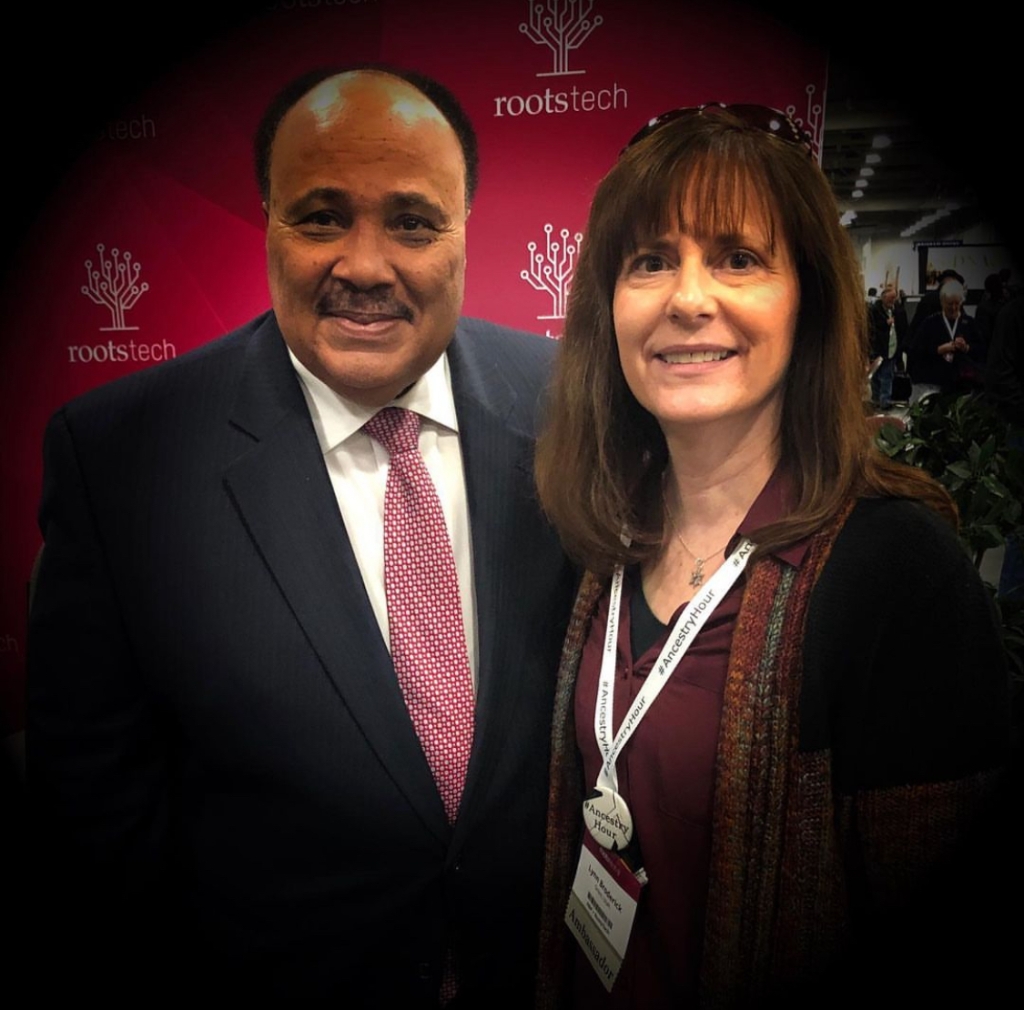
I was surprised to meet Martin Luther King, III at RootsTech in 2019. Even with media designation I was not provided with advanced information. He was on hand when The Church of Jesus Christ of Latter-day Saints gave a two million dollar donation to establish a family history center as a part of the International African American Museum (IAAM). This Museum is located at the site of Gadsden’s Wharf at 14 Wharfside Stree in Charleston, South Carolina. According to the website, the museum itself “tells the unvarnished stories of the African American experience across generations, the trauma and triumph that gave rise to a resilient people.” The Center is now open and virtual consultations are available. A visit to the Museum ensures a deeper understanding of this period of history, the travail of the Africans brought to America as “Cargo,” and an opportunity to educate our humanity and live with compassion. In addition, onsite at RootsTech this year, Brian Sheffy, the Director of the Center for Family History, IAAM, will be presenting a session about the resources available, Thursday, February 29th at 8 a.m. MST.
This brings me back to the newest initiative, Realizing the Dream. Again, the goal is for “communities to perform 100 million hours of service by the 100th anniversary of Martin Luther King, [Jr’s] birth.” The RealizeTheDream.org website provides Points of Light as a place to identify opportunities. JustServe.org is another well-known website. Both websites list opportunities to serve in your area. As always, read the terms of service and any guidelines provided. Use these websites at your own discretion.
According to census.gov, the United States population is estimated to be 335,000,000 and counting. Realizing the Dream only asks for 100 million hours of service during the next five years. As a people, we can do it. Let the NFL lead the way!
As genealogists and family historians, we have an opportunity to impact this goal as well. With the rise of the business of genealogy, organizations have felt the decline of volunteerism. If your circumstances permit, will you consider volunteering time and skill to make a difference in your communities? Our community has done it before. We can do it again. Opportunities abound. Make a difference!
On a personal note, if you feel that your Family History Bowl has been thwarted this year, consider attending RootsTech online or onsite this off season. The conference will be held Thursday, February 29th through March 2nd. Online attendance is free. An onsite ticket costs $109 for the keynote presentation each day, three days of instruction, and an opportunity to experience the latest innovations in the field of family history and genealogy. Yours truly will be hosting a session on Thursday beginning at 4:30 p.m. titled, Ethics in the Family History Community: Town Hall Discussion. I’ll be joined by David Rencher, Chief Genealogical Officer (CGO) at FamilySearch, Robert Bristow, a licensed psychotherapist from the U.K, and others. It is slated to be a very interesting discussion. Contact me and let me know your greatest concerns about ethics in our genealogical community. We’ll do our best to address them.
This weekend it’s the NFL Divisional Rounds. Eight teams will be battling for their chance to realize their dream of winning a Supper Bowl for the 2023 season. For family historians, remember what Steve Rockwood, CEO of FamilySearch International, once said, “Family history is not a spectator sport.”
Research responsibly. :-)
Disclosure of Material Connection: I am designated as media and a compensated speaker for RootsTech 2024. Nevertheless, I have been with RootsTech since its inception and with its predecessor for many years as a paid participant. As always, my coverage and opinions are my own and are not affected by my current status. I am disclosing this in accordance with the Federal Trade Commission 16 CFR, Part 255: “Guides Concerning the Use of Endorsements and Testimonials in Advertising.”
Copyright ©2024 Lynn Broderick a.k.a. the Single Leaf. All Rights Reserved.

